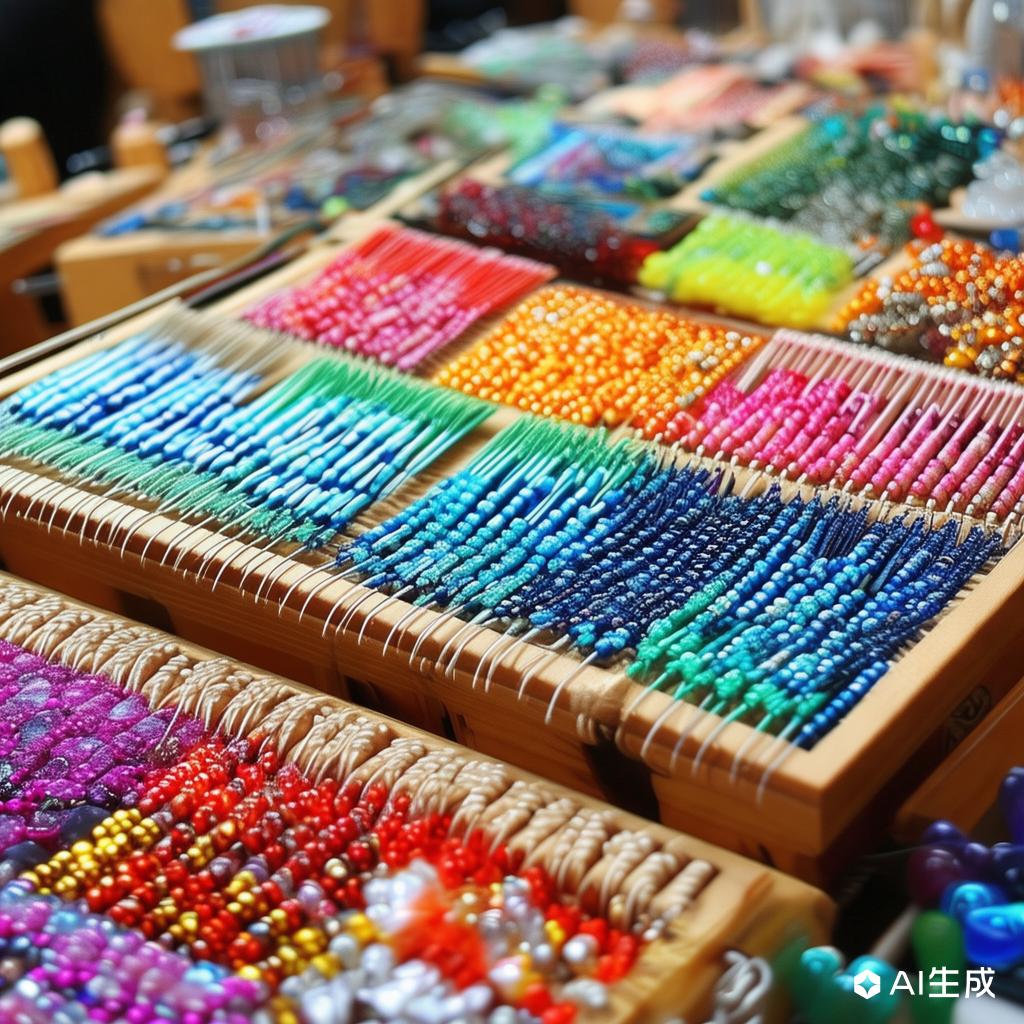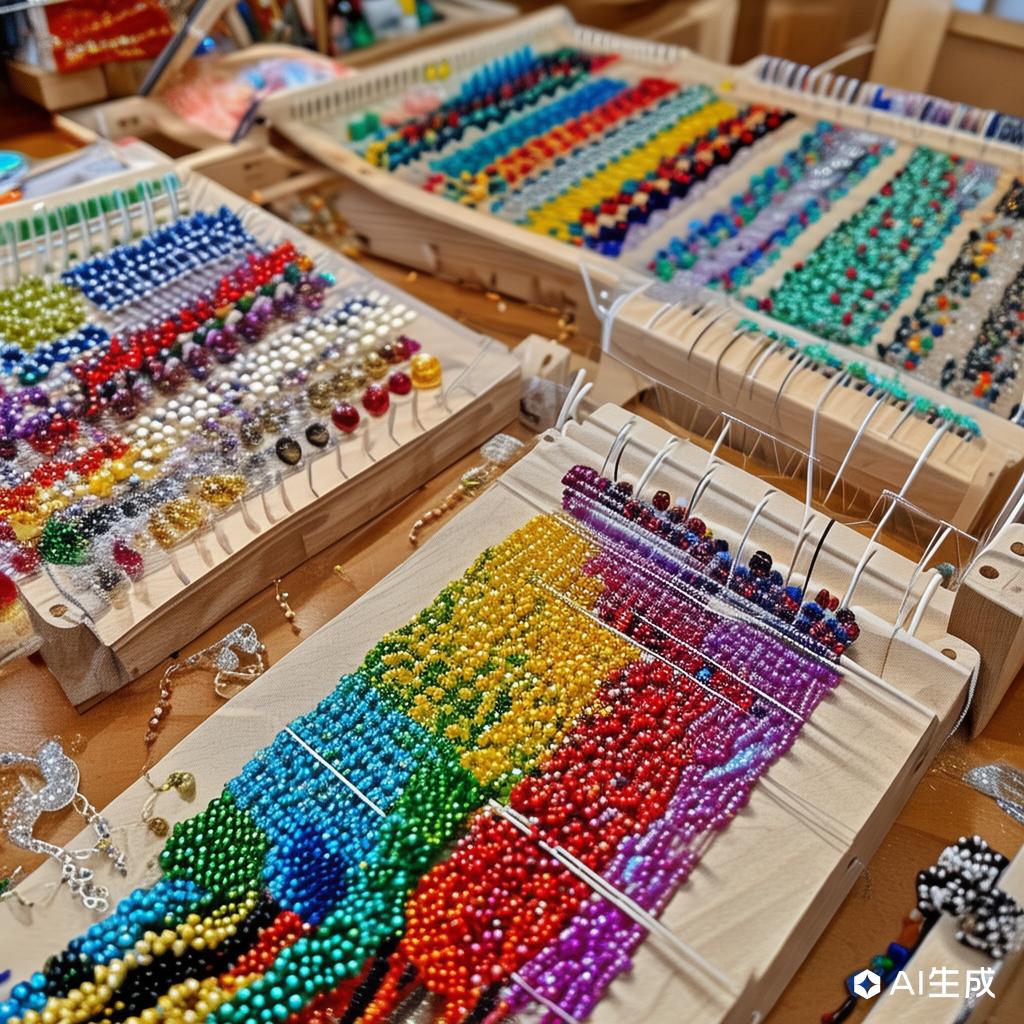Mastering the Art of Jewelry Weaving: A Comprehensive Guide
Share



Jewelry weaving is an ancient craft that has captivated artisans and enthusiasts alike for centuries. This intricate process involves creating beautiful, wearable art by intertwining various materials such as metals, beads, and gemstones. Whether you are a beginner or an experienced jewelry maker, understanding the jewelry weaving process can elevate your creations to new heights.
### Understanding the Basics
Jewelry weaving typically involves using a loom or a similar framework to weave threads or wires together. The foundation of any woven jewelry piece is the warp and weft. The warp threads run vertically and are anchored to the loom, while the weft threads are woven horizontally through the warp.
### Materials and Tools
To get started, you'll need a few essential materials and tools:
- **Loom:** A specialized jewelry loom or a makeshift one using a sturdy frame.
- **Threads/Wires:** These can be made of various materials like silk, cotton, or metal.
- **Beads and Gemstones:** These add color and texture to your piece.
- **Needles:** Fine needles to help guide the threads through the beads.
- **Scissors and Pliers:** For cutting and shaping the materials.
### Step-by-Step Process
1. **Setting Up the Loom:**
- Secure the warp threads to the loom, ensuring they are evenly spaced.
- Tighten the threads to maintain tension throughout the weaving process.
2. **Weaving the Base:**
- Begin by weaving the weft threads through the warp, creating a solid foundation.
- Use a consistent tension to ensure an even weave.
3. **Adding Beads:**
- Thread beads onto the weft threads before weaving them through the warp.
- Position the beads as desired, creating patterns or designs.
4. **Finishing Touches:**
- Once the weaving is complete, secure the ends of the warp and weft threads.
- Add clasps or other findings to turn your woven piece into a wearable piece of jewelry.
### Tips for Success
- **Practice Makes Perfect:** Start with simple projects and gradually move to more complex designs.
- **Consistent Tension:** Maintaining consistent tension is crucial for a professional-looking finish.
- **Experiment with Materials:** Don't be afraid to try different types of threads, beads, and gemstones to find your unique style.
### Advanced Techniques
For those looking to take their jewelry weaving to the next level, consider exploring advanced techniques such as:
- **Tapestry Weaving:** Incorporating multiple colors and textures to create intricate designs.
- **3D Weaving:** Adding depth to your pieces by weaving in multiple layers.